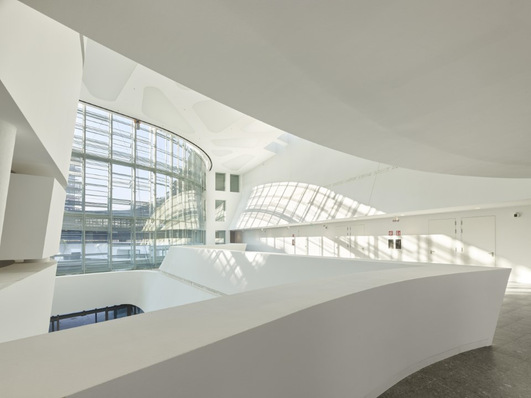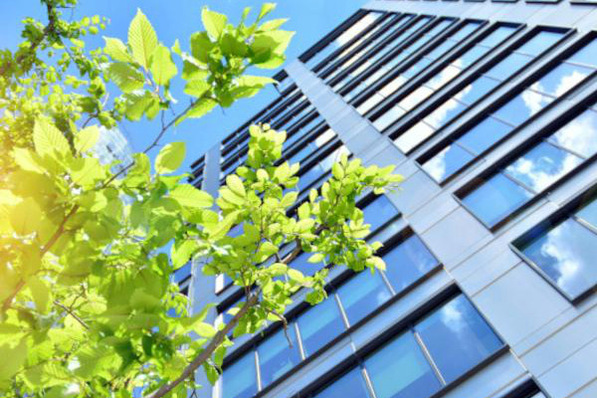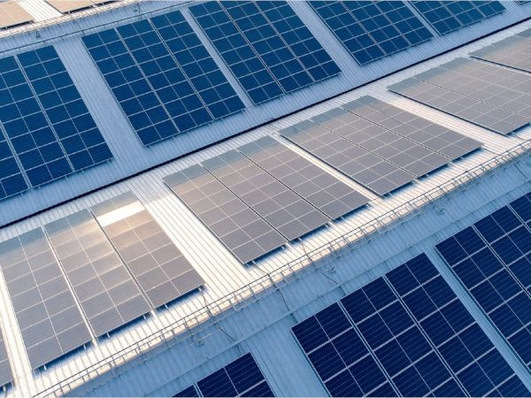St Mark's Basilica in Venice attracts hundreds of thousands of visitors to Venice every year. St Mark's Basilica has been the centre of public and religious life in Venice for centuries and contains precious art treasures. However, the cathedral is repeatedly threatened by flooding, which is sure to increase as climate change progresses. Visually restrained glass barriers are intended to preserve the historic landmark for future generations.
Unobstructed views of St Mark’s

fischer Group
The glass protective wall of St Mark's Basilica consists of thermally toughened, multi-layered glass and is bonded to a structure made of AISI 316 stainless steel. Around 150 linear metres of glass panels at right angles surround the entire perimeter of the basilica. The glass of the panels was specially chosen to be clear so as not to change the colour of the white marble on the facade of St Mark's Basilica. This means that the view of the cathedral from St Mark's Square remains unobstructed despite the barrier.
See also: fischer fixings secure shopping centre in Serbia
The fischer FIS EM Plus injection mortar was used together with FIS A anchor rods to secure the stainless steel rails in the concrete foundation. The chemical fixing system guarantees permanently secure anchoring in concrete as well as subsequent reinforcement connections in accordance with European Technical Assessments (ETAs) and ICC approval for the US and Far Eastern countries. Its service life is 100 years in the ETA and 120 years according to the Stuttgart engineering office IEA. The injection mortar is approved for seismic applications in performance categories C1 and C2 (ETA) and A to F according to ICC-ESR. It is also the safe choice in water-filled boreholes and in the event of a fire breaking out (fire resistance R240). Its ICC approval also includes underwater installation.
Also interesting: Super Spacer Heritage for monument preservation
The 1.20 m high balustrade is designed to protect the basilica against flooding up to a flood level of two metres above normal. In this way, the protective glass wall can keep the historic landmark dry and preserve it for future generations.

fischer Group














